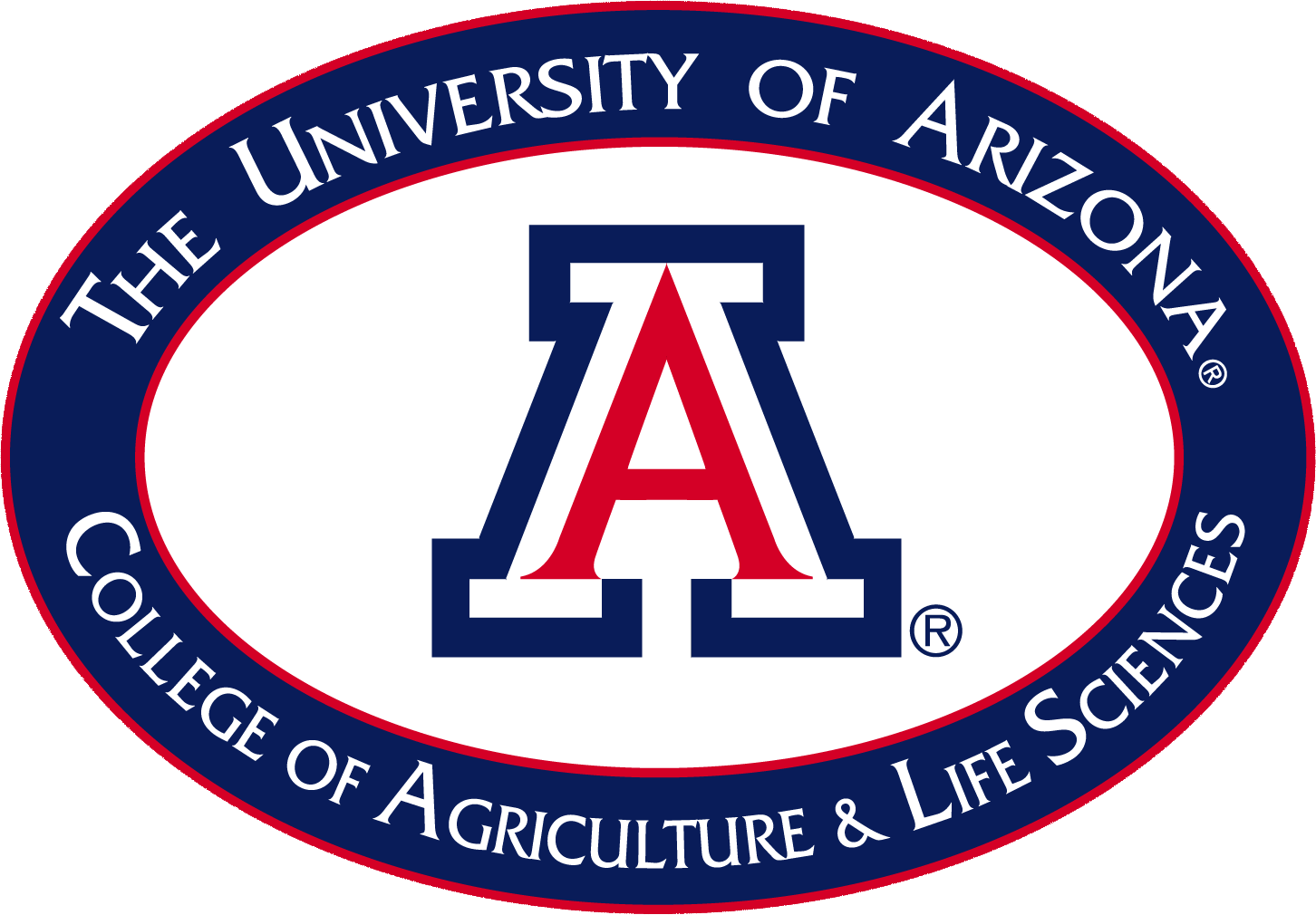EFFECTIVE
USE OF FIELD TRIPS

PREPARING FOR A FIELD TRIP
- Identify
an objective which lends itself to the use of a group field trip.
- Identity
community resources which will help you attain the objective
- Select
a destination for the field trip
- Explain
how the trip would help attain the objective.
- Plan
an agenda that is feasible and convenient to carry out.
- Plan
specific on-site activities
- Explain
individual student responsibilities during the trip.
- Provide
background information to resource person.
- Make
and confirm appointments, travel, meal and other personal needs
- Advise
students about clothing, grooming, money and other personal needs
- Explain
rules of conduct for the trip.
- Provide
handouts, questions and materials to assist students during the trip.
- Prepare
a written request for parental consent
- Prepare
an itemized budget for the trip (if necessary)
- Prepare
a trip roster with names and telephone numbers to call in case of emergency.

CONDUCTING THE FIELD TRIP
- Check
attendance against the roster
- Introduce
guide/resource person
- Arrange
students so they may see and hear clearly
- Review
purpose of field trip
- Remain
available to provide information and assistance
- Distribute
assignment sheets, questions, etc
- Ask
questions
- Express
thanks to the resource person
AFTER THE FIELD TRIP
1.
Summarize the key points of the field trip in the light of the objective
2.
Review what was learned the next class period
3.
Plan follow-up activities to clarify, reinforce, or extend what was
learned during the trip.
4.
Send a thank you to the resource person.
AGRICULTURE
DEPARTMENT
Field
Trip Report
Due the next day or class meeting:
Title:
Name:
Objectives of Trip: Date:
Problems to be solved:
Questions to be asked on trip:
Points to remember:
Conclusions and remarks:
TEACHER PERFORMANCE CHECKLIST-FIELD TRIPS
IN DIRECTING AN INDIVIDUAL FIELD TRIP, THE
TEACHER:
- Identified
an objective which lends itself to the use of an individual field trip.
- Identified
community resources which would help the students attain the objective.
- Select
a destination for the field trip.
- Plan
an agenda which was feasible and convenient to carry out.
- Plan
specific on-site activities.
- Considered
the studentís unique needs and interests in planning the field trip.
- Provided
background information or experiences which prepared the student for the
trip.
- Helped
make and confirm appointments, travel, meal, and other arrangements for the
trip.
- Advised
the student about clothing, grooming, money, and other personal needs.
- Explained
rules of conduct for the trip.
- Provided
handouts and materials to assist the students during the trip.
- Obtained
parental consent for the students to participate in the trip.
- Obtained
school approval for the trip.
- Helped
the students summarize what he/she learned during the trip.
- Helped
the student evaluate the trip in terms of his/her progress toward the
objective.
- Expressed
and/or helped the student express thanks to all those who made the trip
possible.
- Provided
follow-up activities to clarify, reinforce, or extend what the student
learned during the trip.
- Identified
an objective which lends itself to the use of a group field trip.
- Identified
community resources which would help students attain the objectives.
- Selected
or helped students select a destination for the trip.
- Explained
how the trip would help students attain the objectives.
- Planned
an agenda that was feasible and convenient to carry out.
- Involved
students in planning specific on-site activities.
- Explained
each studentís individual responsibilities during the trip.
- Provided
background information or experiences that prepared students for the trip.
- Made
and confirmed appointments, travel, meal and other arrangements for the
trip.
- Advised
students about clothing, grooming and money and other personal needs.
- Explained
rules for the trip.
- Provided
handouts and materials to assist students during the trip.
- Obtained
parental consent for students to participate in the trip.
- Prepared
an itemized budget for the trip.
- Obtained
school approval for the trip.
- Prepared
a trip roster with names and telephone numbers to call in case of emergency.
- Checked
studentsí attendance against the roster as often as necessary to assure
their well-being.
- Was
available when students needed information or assistance
- Showed
concern for studentsí comfort and their ability.
- Directed
studentsí attention to the objective of the trip.
- Helped
students summarize what they learned during the trip.
- Helped
students evaluate the trip in terms of their progress toward the objective.
- Provided
follow-up activities to clarify, reinforce, or extend what students learned
during the trip.
- Expressed
thanks to all those who made the trip possible.


 The University of Arizona
The University of Arizona![]()